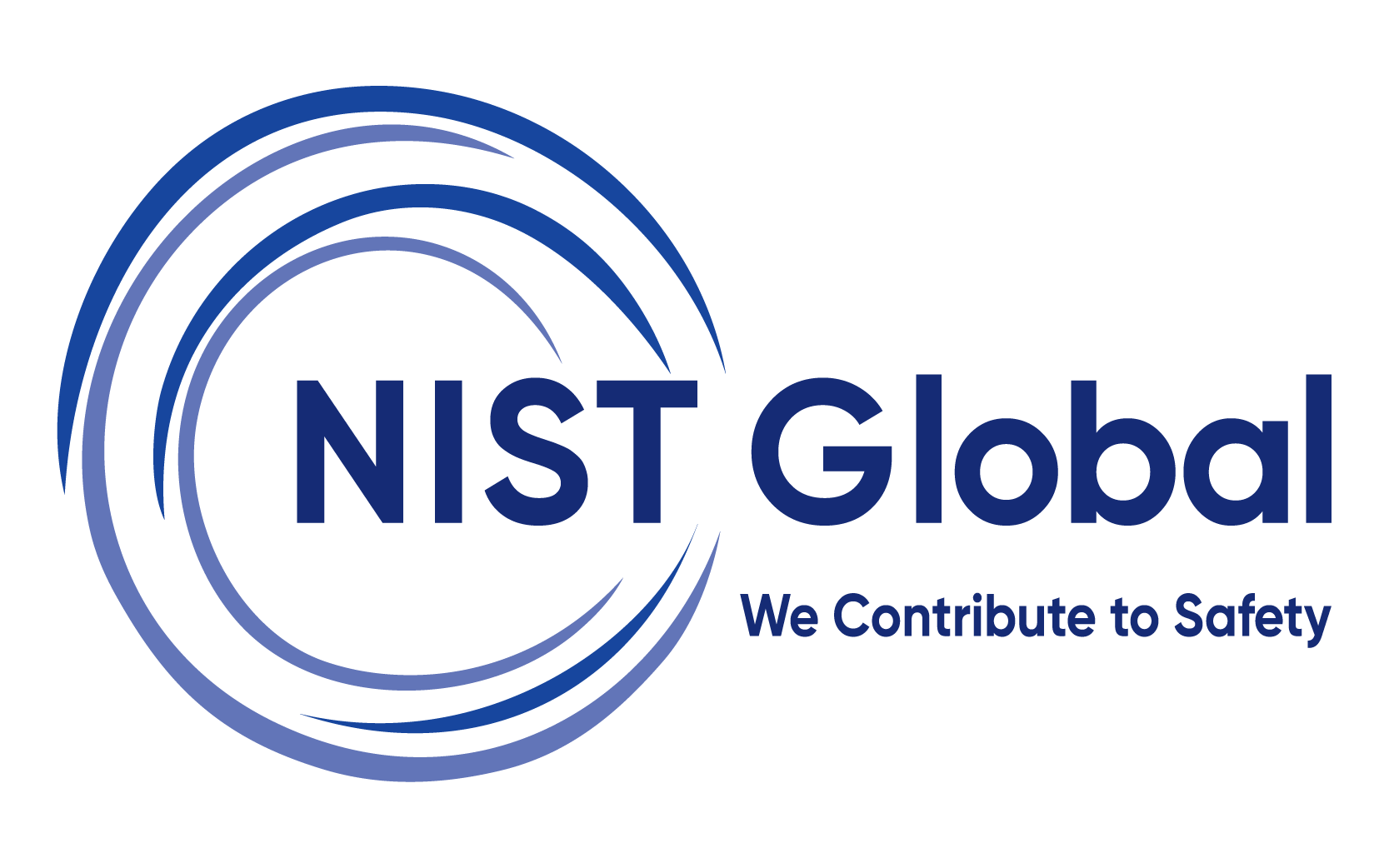Hazard Identificatiion & Risk Assesment
Hazard Identification and Risk Assessment (HIRA) is an anticipatory process used to systematically identify potential hazards within the workplace, assess the risks involved and take proper control measures to avoid accidents. This training course is designed to equip trainees from frontline staff and supervisors through safety officers to project managers with the theoretical knowledge and practical skills to identify hazards, evaluate risks with the help of structured tools such as risk matrices, and suggest appropriate controls following the hierarchy of risk control. The training emphasizes legal compliance, best practice, and the embedding of HIRA within operational procedures like Permit-to-Work (PTW) and Job Safety Analysis (JSA). Learned through a combination, since the course combines classroom lectures, visual aids, and guided discussions in order to consolidate the conceptual framework a solid conceptual basis.
HIRA Training
The session further enhances learning through real-life case studies, group exercises, and hands-on activities such as hazard spotting, risk evaluation, and HIRA register preparation. Participants are introduced to techniques like the 5 Whys and Fishbone Diagrams to analyse incident scenarios and uncover root causes. Hands-on workshops and role-play simulations allow learners to practice HIRA principles in realistic workplace scenarios. Supporting documentation such as templates, checklists, and assessment tools are included to allow for consistency and ease of use after the training. At the completion of the course, learners will be able to perform independent task-specific risk assessments, helping to create safer workplaces, and assist their organization's safety management system with confidence and capability. Supporting their organization’s safety management system with confidence and competence.
-
Duration1 - 2 days
-
Training ModeVirtual/Face to Face
-
LevelIntermediate/Advance
-
LanguageEnglish and other regional languages based on availability
-
Content Customization:Client specific/Industry specific/Site specific
Why should Employers Invest in this Training?
- Prevent Accidents & Injuries: Empowers employees to proactively identify hazards and control risks, reducing incidents and ensuring a safer workplace.
- Ensure Legal & Regulatory Compliance: By aligning with statutory requirements and other national/international standards.
- Minimize Operational Losses: Helps avoid downtime, compensation claims, and asset damage through early risk detection and mitigation.
- Build a Strong Safety Culture: Promotes active participation in safety practices and fosters accountability across all workforce levels.
- Improve Risk-Based Decision Making: Enables safer task planning and enhances readiness for audits, inspections, and Permit-to-Work systems.
- Strengthen Employer Brand & Trust: Demonstrates commitment to employee well- being, boosting organizational credibility with clients and stakeholders.
Training Objective
Learners will develop the ability to systematically identify a wide range of workplace hazards such as physical, chemical, mechanical, and ergonomic and assess the associated risks using structured tools like risk matrices and severity-likelihood analysis. They will gain practical skills to create, update, and manage HIRA registers in compliance with legal and organizational requirements. Learners will also be able to recommend and apply appropriate control measures based on the hierarchy of controls, and effectively integrate HIRA practices into Job Safety Analysis (JSA), Permit-to-Work (PTW) systems, and routine job planning. Additionally, they will enhance their decision-making, hazard anticipation, and documentation skills, enabling them to actively contribute to incident prevention, regulatory compliance, and the strengthening of a proactive safety culture.
Training Methodology
Instructor-led
Sessions
Collaborative
Learning
Final
Assesment
Knowledge
Checks
Virtual
Mode
How Will This Training Strengthen Workforce Readiness?
Upon successful completion of the Hazard Identification & Risk Assessment Training, participants will acquire the following practical and safety-critical skills:
- Builds Risk Awareness - Equips employees to proactively identify hazards and assess risks before they escalate into incidents.
- Promotes Informed Decision-Making - Enhances the ability of workers and supervisors to make confident, safety-conscious decisions in high-risk environments.
- Integrates Safety into Daily Workflows - Trains participants to apply HIRA practices within Job Safety Analysis (JSA), Permit-to-Work (PTW) systems, and routine job planning.
- Strengthens Practical Competence - Develops hands-on skills in using risk matrices, severity-likelihood models, and control hierarchies for effective risk mitigation.
- Ensures Compliance & Audit Readiness - Prepares teams to meet legal, client, and organizational safety expectations through structured assessments and documentation.
- Fosters a Proactive Safety Culture - Encourages ownership of safety responsibilities and supports long-term behavioural change across all workforce levels.
Who can take this course?
This course is suitable for a wide range of professionals involved in safety critical operational roles. It is ideal for:
- Any workers at site
- Frontline workers and Technicians
- Site supervisors
- Safety officers
- Maintenance Personnel
Assessment
✅ Multiple Choice Questionnaire (MCQ)
Training Mode
Face to face training
Virtual training

